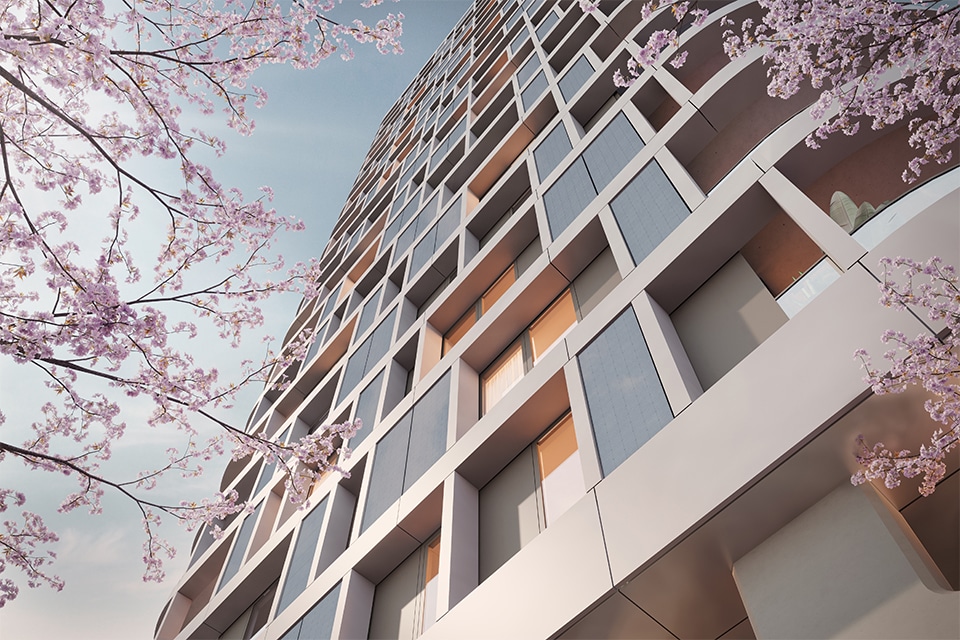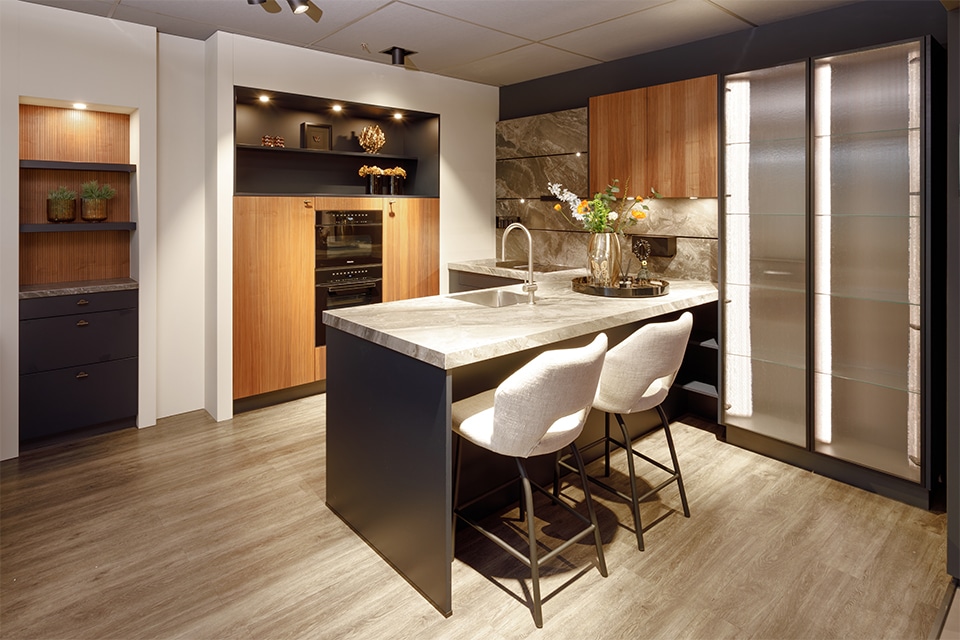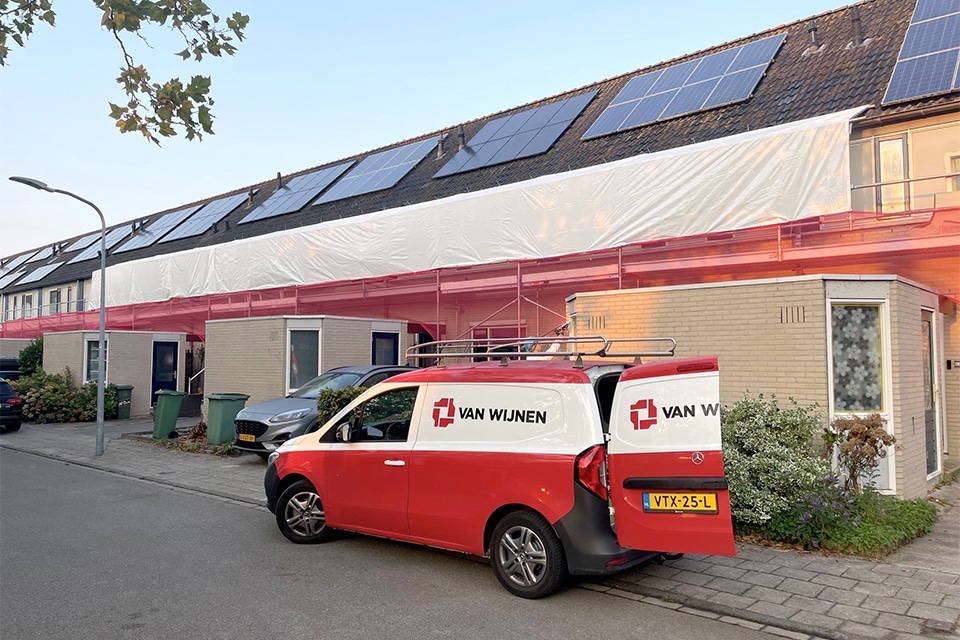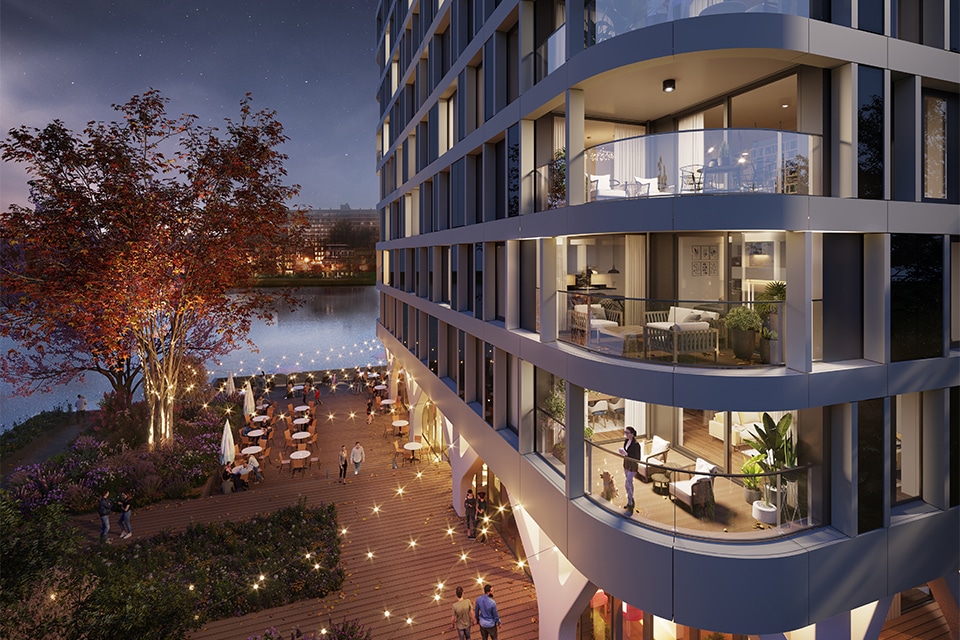
Heras Mobile together with Green Construction Fences introduce a sustainable solution for inner-city construction sites
Research shows many building sites can still make great strides in sustainability
Heras Mobile, specializing in temporary (access) security for construction sites introduces a new construction fence together with Social Enterprise Green Construction Fences. Research shows that many construction sites can still make great strides in terms of sustainability.
Complex urban construction sites require new solutions
Building space in the Netherlands is limited and certainly within cities. Easily developed locations will decrease in the coming years and more complex locations will remain. These locations with many existing buildings in the immediate vicinity, require an extra effort to develop and build on. Measures to reduce nuisance are therefore attracting more attention.
A durable construction fence for inner-city areas
The new Combi-Wood construction fence can provide additional sustainable input on the construction site. The construction fence is made from a wooden PEFC-certified Douglas-fir panel produced by people who reintegrate into the labor market. They also make the planters that can optionally be added to the construction fence for an even greener look. The landscaping and maintenance will be done locally by agencies that also provide day care services. Again, this ties in with an increasingly dominant development, that of SROI (Social Return On Investment). Furthermore, the same study shows that environmental management and resident participation are top priorities for municipalities and developers.
Scalability and sustainability go hand in hand
Social Enterprise Green Construction Fences specializes in the production of sustainable construction products and labor participation, while Heras Mobile brings market knowledge and logistical scalability. As a result, more and more construction sites are equipped with a more attractive and sustainably produced fence, which reduces inconvenience and beautifies the appearance of the construction site. The ambition is to provide all construction sites within urban areas in the Netherlands with this sustainable product only within a few years, after which the European market will be tapped.
* A March 2020 survey of 35 municipalities, property developers, contractors, consulting firms and foundations shows that there is limited attention to the sustainability of inner-city construction sites. Moreover, Dutch municipalities and construction companies give themselves a meager 6.8 rating for sustainable construction.






